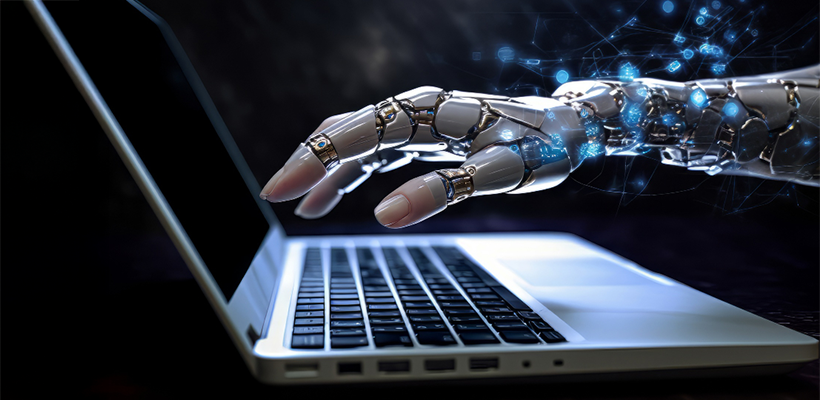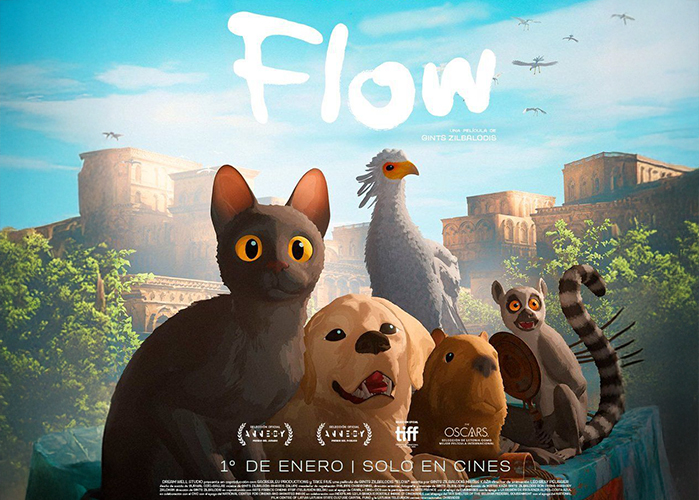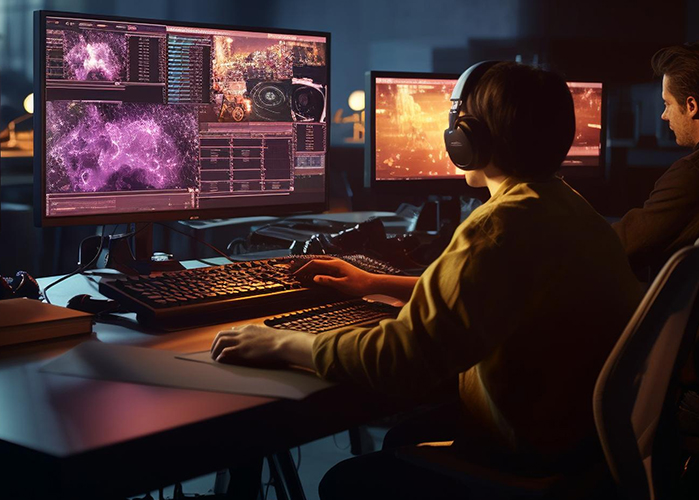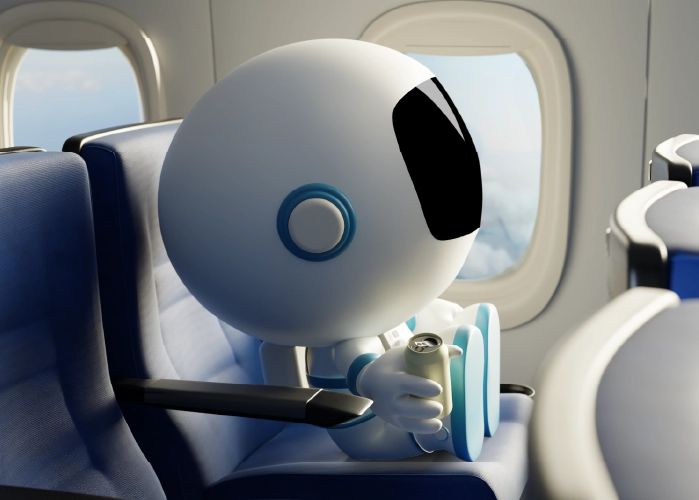A nxiety has gripped the creative industry with jobs being lost, talent pools being severely scrutinized, and recruitment taking a nose dive. The recent closure of Technicolor India, impacting over 2,500 employees, highlights the volatile nature of the industry.
The Technicolor Group comprises VFX giant MPC, VFX brand The Mill, Mikros Animation and Technicolor Games and has an impressive portfolio which includes work in movies like Mufasa, and The Lion King, among others. Despite having an impressive portfolio of work under their belt, they still faced a major setback—proving that no one is immune to industry challenges.
The Writers Guild of America (WGA) strike in the U.S. is thought to have had a ripple effect on the entire entertainment industry, including companies like the Technicolor Group.











Leave a comment